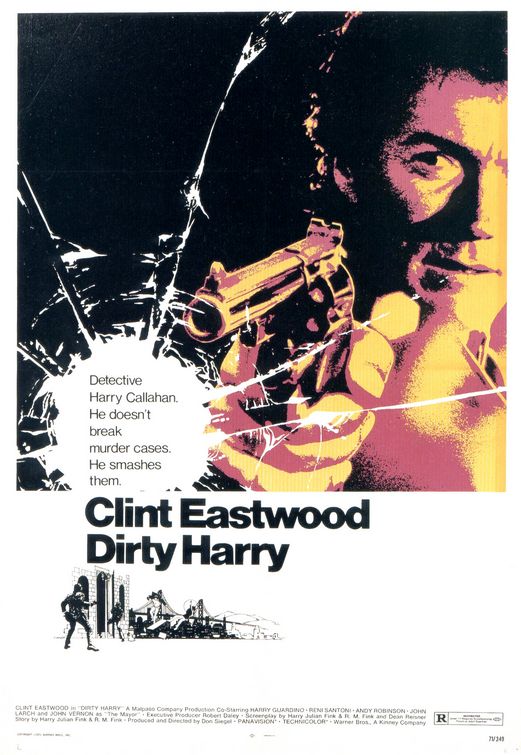
DIRTY HARRY is a stone classic, and a much more morally fascinating movie than even its revisionist reputation credits it for having. It was directed by Clint’s frequent early collaborator and filmmaking mentor Don Siegel, who by 1971 already had amassed a long resume of tough, intelligent genre pictures. Siegel’s style on DIRTY HARRY mixed a cinéma-vérité sensation common to the decade, giving the action an immediacy and the San Francisco environment itself a sense of motion and scale, while coupling the visuals with the more epic widescreen framing of decades past.
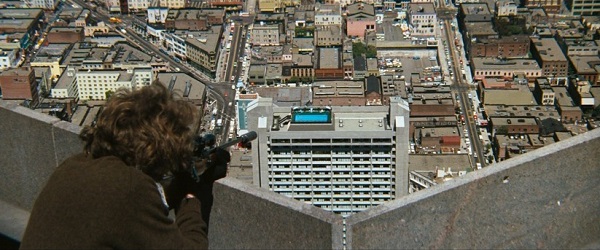
Siegel’s work with cinematographer Bruce Surtees on DIRTY HARRY was distinctive, vivid, and enormously engaging, and the look they devised had as much to do with the popularity of the film and the character as the script by Harry Julian Fink & R.M. Fink and Dean Riesner (with contributions from John Milius), the poppy score by Lalo Schifrin, and of course the ferocious gritted-teeth performance by Clint.
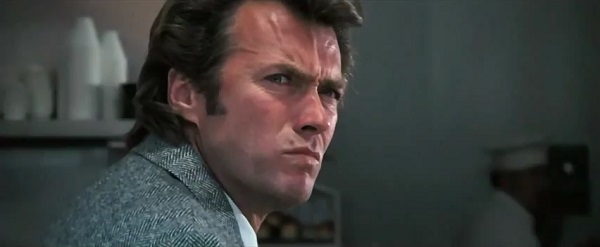
As Inspector Harry Callahan, Clint is constantly seething, a furnace of smoldering rage stuffed into a tweedy suit that barely keeps him looking respectable. His disdain for violent criminals and for a bureaucracy that maintains their rights is barely restrained, but it is restrained, and Clint has never really gotten adequate recognition for his canny modulation of the various degrees of fury Harry shuttles through over the course of the film. As Johnny Rotten sang, anger is an energy, and Clint kept his hand on the valve masterfully in this film.
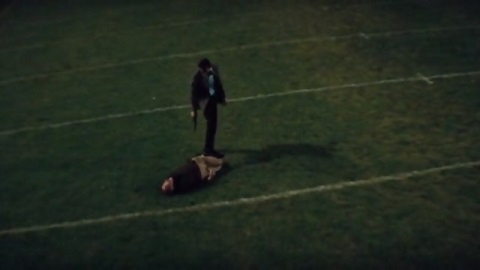
In his own budding directorial career, Clint used Surtees as a frequent collaborator after DIRTY HARRY, beginning with PLAY MISTY FOR ME, released the same year and featuring an acting cameo from Don Siegel. Departing from these two California-based starting points, from 1973’s HIGH PLAINS DRIFTER up through 1985’s PALE RIDER (notably including the 1975 masterpiece THE OUTLAW JOSEY WALES), Surtees defined the visual virtuousity, the ability to find shadows even in open spaces, that Clint has more or less looked for in his cinematographers ever since.
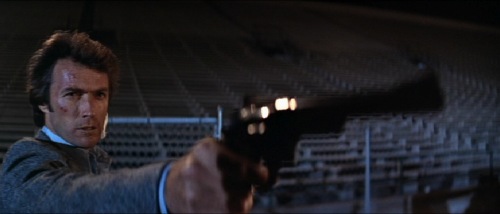
More than Sergio Leone even, Don Siegel provided the template for Clint’s remarkably diverse body of work. There was no genre Don couldn’t handle, and as a director Clint has similarly acted upon his wide range of interests. As an international star, he’s been blessed with more autonomy of choice than Siegel, bound by opportunity, ever had.
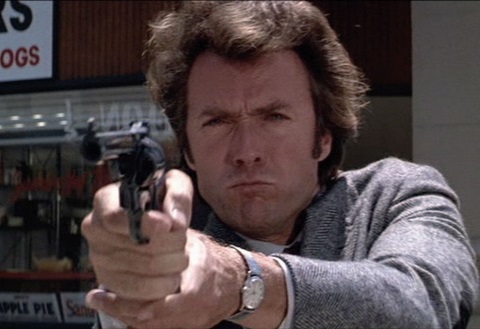
I recently wondered at length why Clint would take on JERSEY BOYS, his upcoming musical adaptation, when the answer may in fact be fairly simple. Known mainly as an action director, Don Siegel also made movies with pop stars, like Fabian (1959’s HOUND-DOG MAN) and Elvis Presley (1960’s FLAMING STAR), and maybe Clint, particularly in light of his rumored Beyoncé-starring remake of A STAR IS BORN falling apart, wanted to explore one of the few genre avenues he hasn’t yet.
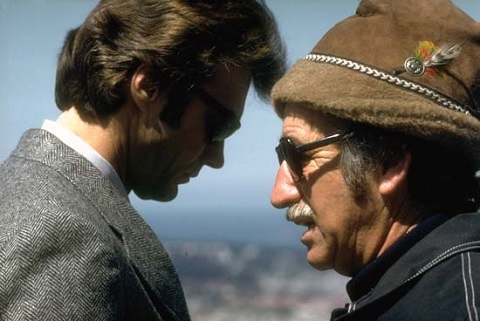
A sterling effort from a mentor and his star pupil, DIRTY HARRY is arguably Don Siegel and Clint Eastwood’s crowning achievement as a filmmaking team. It’s still, in 2014, as rousing and provocative as it ever was. Certainly, if you’ve never seen it on the big screen you owe it to yourself to do so as soon as the opportunity presents itself.

DIRTY HARRY is playing at MoMA in New York City today, tomorrow, and Friday at 1:30pm, as part of an epic series of screenings called An Auteurist History Of Film. Nice to know Don Siegel is now officially, deservedly considered an auteur.
@jonnyabomb
- [THE BIG QUESTION] WHAT’S YOUR FAVORITE FEMALE ENSEMBLE IN MOVIES? - July 22, 2016
- [IN THEATERS NOW] THE BOY (2016) - January 24, 2016
- Cult Movie Mania Releases Lucio Fulci Limited Edition VHS Sets - January 5, 2016
Tags: clint eastwood, Don Siegel, San Francisco, Screenings






No Comments